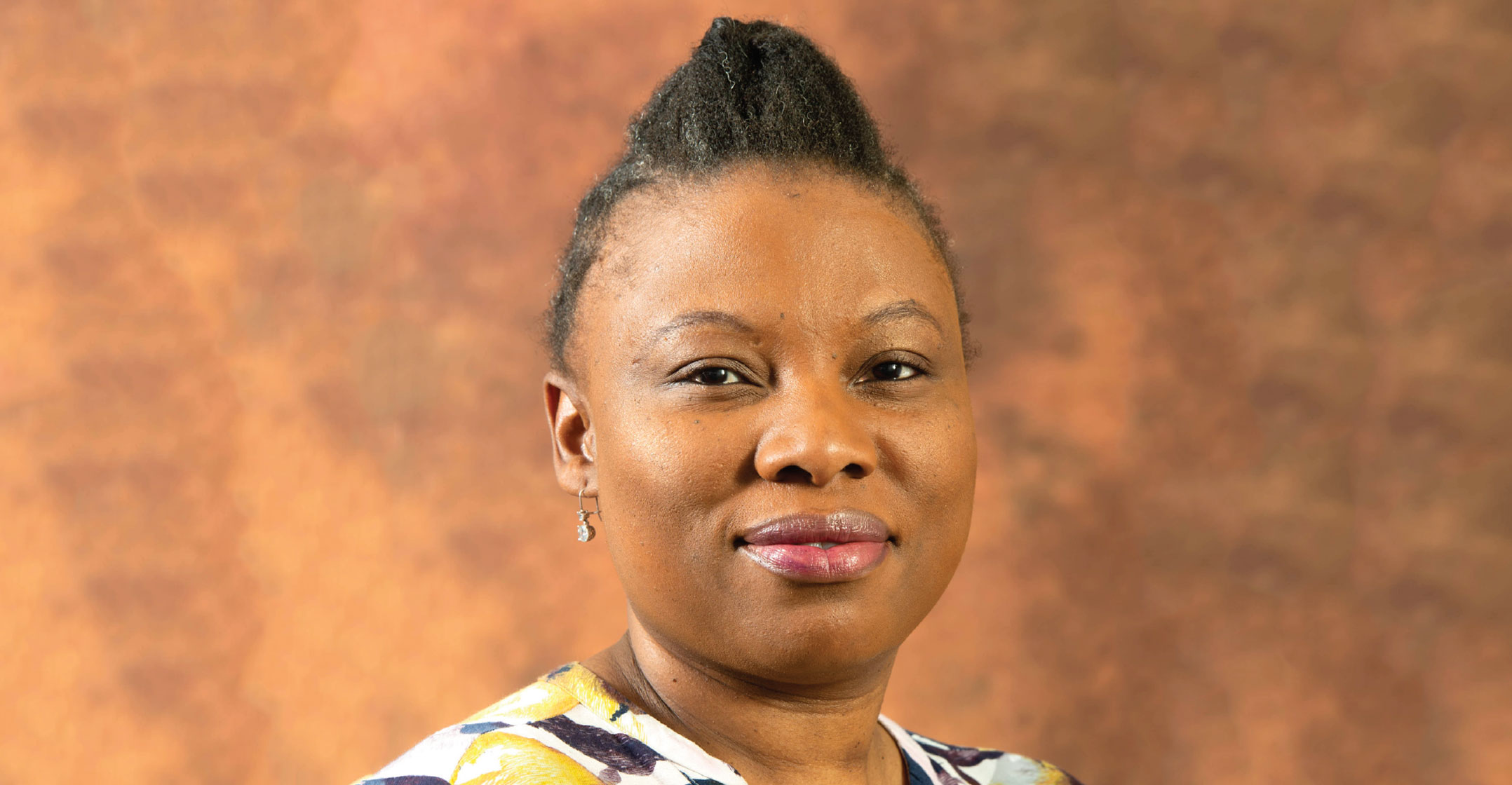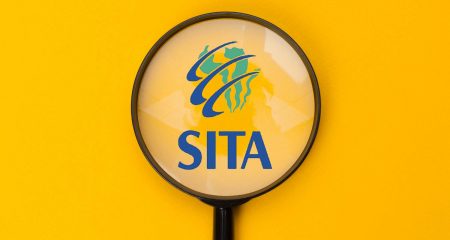 Department of communications & digital technologies acting director-general Nomvuyiso Batyi’s remarks to this publication on Monday that broadcasting digital migration won’t happen before 2022 – and quite possibly later – is a big problem for all of us hoping that data prices fall.
Department of communications & digital technologies acting director-general Nomvuyiso Batyi’s remarks to this publication on Monday that broadcasting digital migration won’t happen before 2022 – and quite possibly later – is a big problem for all of us hoping that data prices fall.
There is now little doubt that South Africa’s digital television migration project has once again come unstuck. No set-top boxes have been installed in indigent households for more than a year. And a plan to get Sentech to handle the job has been stuck in difficult discussions between national treasury and the department of communications for months!
I asked Batyi in an interview on Monday if there’s any chance of accelerating migration so that her bleak prediction regarding the migration timelines can be made less depressing. She said the number one priority must be getting Sentech to distribute the approximately 863 000 set-top boxes — commissioned years ago by underserviced-area agency Usaasa — now warehoused by the Post Office.
That will take the installed base of digital boxes to about 1.4 million, or just under half of government’s (newish) target of reaching 3.2 million households. Government will provide vouchers to many of the remaining households, allowing them to subsidise the purchase of a decoder or a new TV with an integrated digital receiver, but given current fiscal constraints, it won’t be sufficient to get the job done. She also said the commercial broadcasting sector, including MultiChoice Group’s DStv, eMedia’s OVHD and StarTimes’ StarSat, should be encouraged to sign up as many of the remaining analogue customers as possible to subscription or free-to-air services.
Irony
The irony of the set-top box roll-out is that it was only ever meant as a stopgap measure until consumers either bought integrated digital TVs or moved to alternative platforms such as direct-to-home satellite or Internet streaming services. More than 15 years after government decided it had to deliver set-top boxes to poor households, the job is still far from done. This raises an important question: Given how far behind South Africa is with the project, and given that digital terrestrial television may simply be a stepping stone to more advanced technologies, shouldn’t government simply give up on migration, encourage South Africans still using analogue services to move to satellite, and switch off all terrestrial broadcasts, both analogue and digital? There would then be vast tracts of unused spectrum that communications regulator Icasa could allocate to mobile and wireless broadband operators – much more than would be the case with digital terrestrial television (DTT) services still offered in the country. Consider that OVHD has been doing an excellent job of signing up customers to its free-to-air satellite proposition. Is a commercial solution not, then, the way out of this mess?
Batyi told me that ditching DTT for digital satellite services is not really an option, for several reasons. Among these is that South Africa would be beholden to foreign satellite operators as the country doesn’t have its own broadcast satellite. Because satellite capacity is bought in foreign currency – mainly US dollars – cost will become an issue. I don’t buy that argument – remember, most of Sentech’s broadcasting network is built with foreign equipment, which is subject to the same currency movements. There are potential risks to South Arica’s sovereignty, too, the acting DG said. Really?

Batyi conceded, however, that even though it’s yet to be launched commercially, DTT is already an “old technology”. It’s “not the solution in 2020, but we have stock that is with the Post Office that has to be distributed” and the next phase of the roll-out – the voucher scheme – will allow consumers to choose whichever technology they want, whether it’s DTT, DTH satellite “or any other technology that can work within the pricing agreed to by national treasury” for the vouchers. Okay, that’s a sensible approach, if only because it means consumers, not the government, get to decide what’s best for them.
I hear the SABC is also keen to move aggressively to DTH satellite over DTT technology because it believes Sentech is charging it far too much for signal distribution – in fact, that it’s effectively being held to ransom by Sentech. The SABC is by far Sentech’s biggest customer. But Batyi said the public broadcaster should instead reconsider the number of transmitter sites it uses and consider applying to Icasa to scale these back to reduce its bill to Sentech.
“It will result in a backlash from audiences, but they need to have the hard conversations,” she said. Of course, if the SABC switched entirely to satellite distribution (an unlikely scenario given the political implications), it would quickly solve the migration debate – DTT wouldn’t be needed, but Sentech would likely be bankrupted in the process. It’s a decision that the SABC’s board should be allowed to make, in the long-term interests of the public broadcaster, free of political interference. Which almost guarantees it won’t be allowed to.
There are no easy solutions to any of this. But the paralysis needs to end if South Africa’s economy is going to get back on a growth footing. It’s disasters like digital migration — the broadcasting sector’s equivalent of the Eskom energy crisis — that we can ill afford if we want to grow the economy at levels that will start to reduce poverty. The ANC government has wasted the past 15 years on this project. Given past performance, there’s every reason to believe that, with the benefit of hindsight, we’ll look back in 2025 at Batyi’s gloomy forecast of the time needed to get the job done and realise she was being far too optimistic. I hope she proves me wrong. — (c) 2020 NewsCentral Media
- Duncan McLeod is editor of TechCentral. Follow him on Twitter




